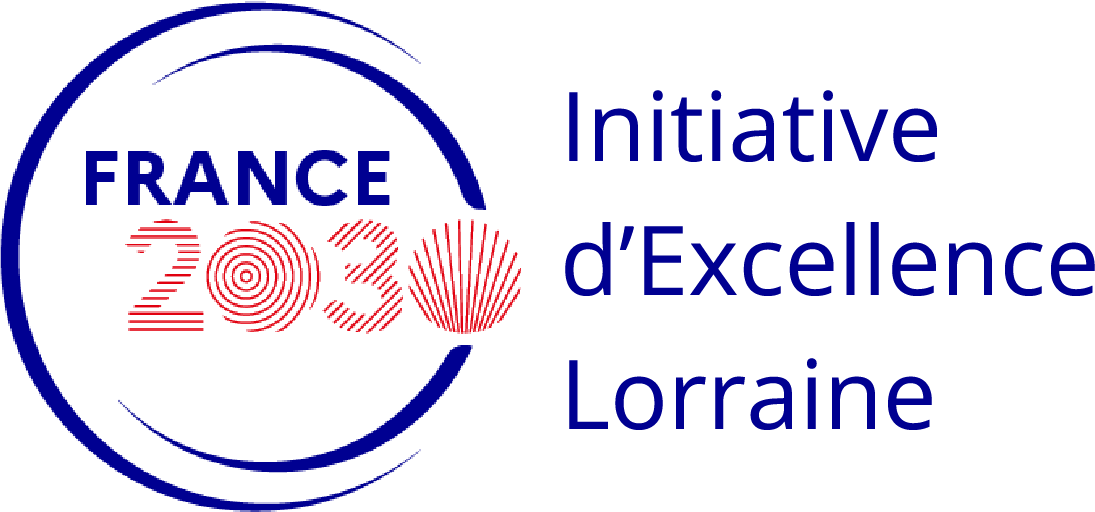6 societal challenges that form the strategic compass of the Lorraine I-SITE
Materials in the 21st century
This challenge covers the entire materials value chain, from fundamental research to technology transfer, from materials to processes, including instrument design and prototyping.
More than 500 people make up a community that has adopted a multi-scale and multidisciplinary approach in the fields of physics, chemistry, mechanics, digital technologies, health, and the humanities.
Ecological transition (One Earth)
Lorraine is positioned to address the major challenges of global change, sustainable use of soil and subsurface resources, adaptation of agro-ecosystems to climate warming, and the bioeconomy of the 21st century. This trajectory has intensified over the past decade with the presence of major national programs (LABEX, PEPR, etc.) on site, positioning Lorraine as one of the world’s leading players in this field.
Energy transition
For several years, Lorraine has been strongly committed to making research and training in energy a clearly identified trademark. Several fields have undergone major transformations: resources for the energy transition
(primary/secondary resources, use of the subsurface for energy storage, bioresources for energy), technologies and processes for low-carbon energy carriers and heat management, carbon engineering (emission mitigation strategies, recycling).
Digital transition of industry and society
The site draws on specific expertise and a critical mass of researchers specializing in both formal and symbolic methods on the one hand, and numerical methods on the other. This enables researchers to address research topics and applications, including areas that have recently gained prominence, such as system reliability, data analysis, AI, and cybersecurity.
Global health and One Health approach
The trajectory focusing on engineering for health and aging has been structured around three complementary domains with strong international visibility: “Cardiovascular (CV) and Renal Diseases,” “Metabolic Diseases and Obesity,” and “Chronic Inflammatory Diseases.”
Today, the site’s health dynamic is part of an inclusive and integrative trajectory with an increasingly significant international reach.
Transitions in society
The site brings together a large number of SSH (Social Sciences and Humanities) skills which, combined with other scientific fields and the strong representation of engineering, considerably enrich the analysis of transitions as large-scale, multi-level, and multidimensional phenomena. A better understanding of social needs, collective well-being, environmental concerns, as well as the evolution of social structures, representations, norms, and behavior models, is essential to the knowledge of transitions and proves particularly fruitful in interdisciplinary dialogue.
